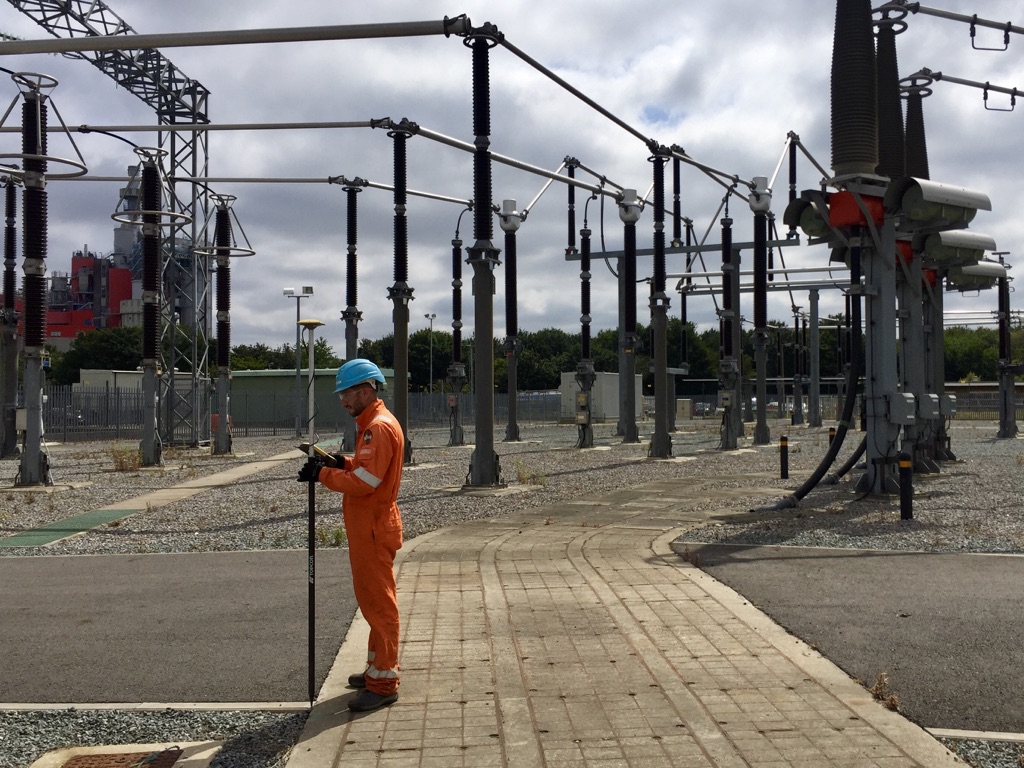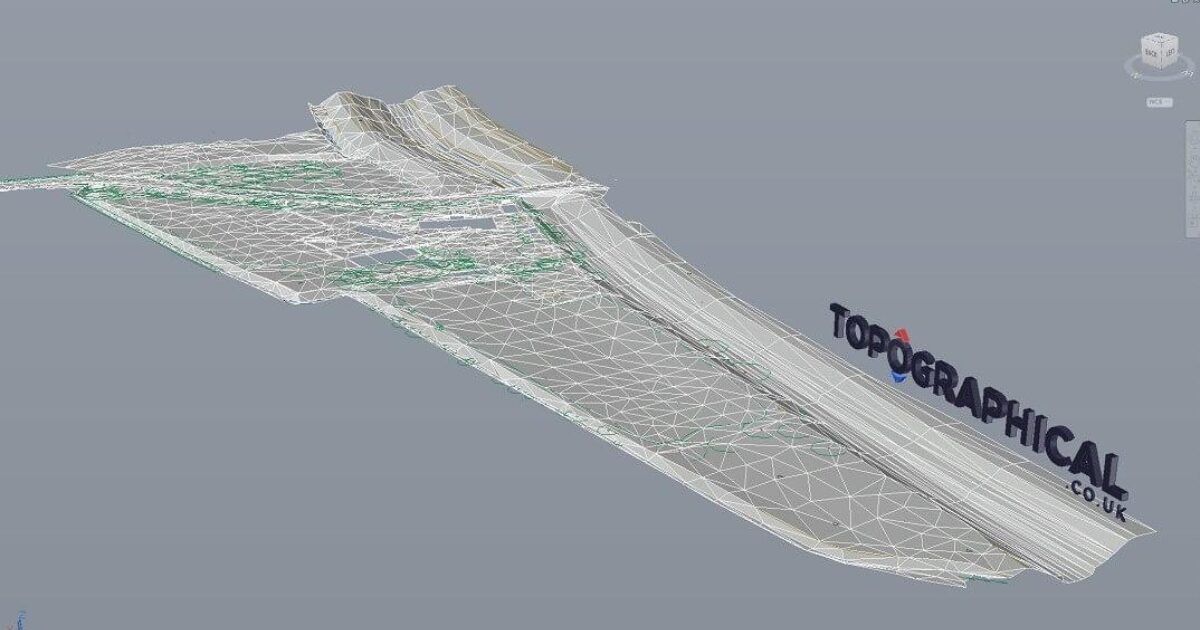Grasping the Essentials of Setting Out Engineering for Accurate Construction
Setting out engineering serves as the foundation of specific building and construction, making sure that every task aligns with its intended layout and specs. As we check out the intricacies of establishing out, it comes to be obvious that also small oversights can lead to significant ramifications.
Importance of Laying Out Design
Laying out design is basically crucial in the construction process, as it guarantees that structures are properly positioned according to develop requirements. The accuracy of laying out straight impacts the total stability and functionality of the constructed atmosphere. Any kind of inconsistencies or errors throughout this phase can cause significant concerns, such as misalignment, architectural failure, or pricey rework.
Furthermore, laying out engineering works as a vital interaction tool amongst numerous stakeholders, including designers, engineers, and professionals. It gives a clear reference framework that overviews the building and construction team throughout the job, thereby reducing the danger of false impression and enhancing partnership. This procedure likewise assists in sticking to regulatory requirements and regional codes, which are vital for getting necessary permits and approvals.
Moreover, efficient establishing out adds to predict performance by helping with accurate measurements and minimizing product waste. By making sure that each component is properly placed from the beginning, the probability of hold-ups and budget plan overruns is substantially lessened. Finally, the relevance of laying out design can not be overemphasized, as it is foundational to achieving successful, certified, and lasting building and construction end results.
Secret Principles of Setting Out
Accurate implementation of establishing out is governed by several key concepts that make sure successful implementation in construction tasks. Precision is critical; developing clear recommendation points and lines of view is vital for minimizing mistakes. This entails making use of established benchmarks and making certain that measurements are taken consistently and precisely.
Another concept is detailed preparation. A comprehensive laying out plan needs to represent all aspects of the layout, consisting of measurements, offsets, and levels. This foresight mitigates inconsistencies throughout building and improves efficiency.
Efficient interaction among group participants likewise plays an essential function. All stakeholders should remain in alignment relating to the task specifications and laying out treatments to avoid misconceptions that can result in pricey mistakes.
Furthermore, routine confirmation of measurements and positioning aids maintain accuracy throughout the building and construction procedure. This can involve periodic checks against existing website attributes or reference points to make sure that the job holds to the designated style.
Devices and Tools Needed

Essential devices include the overall terminal, which integrates digital theodolite and range measuring capabilities, permitting specific angle and distance measurements. Engineering surveys. In addition, a leveling tool, such as a laser level or optical level, is crucial for establishing horizontal aircrafts and gradients
Measuring tapes, ranging from typical steel tapes to more sophisticated digital options, supply essential performance for simple straight dimensions. Marker tools, including chalk lines and stakes, are important for visualizing recommendation factors on-site.
In even more complex jobs, GPS evaluating tools can boost precision over bigger ranges, while 3D scanners can aid in verifying status quo. Sustaining devices such as plumb bobs and string lines are likewise crucial for ensuring upright placement and straight lines.
Inevitably, purchasing high quality devices and preserving them regularly greatly adds to the total success of establishing out design, promoting a structured building process that adheres to design specifications.
Common Strategies for Precision
Accomplishing precision in laying out engineering demands the application of specific strategies that boost measurement accuracy. Among the basic methods is triangulation, which uses the homes of triangles to determine areas with high precision. By measuring the sizes of 2 sides and the angle between them, designers can properly position factors on-site.
One more important technique is the usage of leveling instruments, such as laser degrees or automatic degrees. These tools provide a regular recommendation aircraft, making sure that all measurements are extracted from a typical baseline. Normal calibration of these tools is essential to keep their accuracy.

Difficulties and Solutions in Setting Out
Navigating the intricacies of laying out engineering presents numerous difficulties that can impact project results. One significant obstacle is the dependence on accurate dimensions and positionings; also minor mistakes can cause substantial disparities in construction. Exterior elements such as ground problems, weather condition, and site access even more make complex the process, demanding versatile strategies.
To deal with these obstacles, employing sophisticated technology such as GPS and 3D modeling can enhance accuracy and performance. These tools enable real-time data collection and surveillance, decreasing human mistake and making sure adherence to develop requirements. Additionally, applying rigorous training programs for workers associated with laying out can promote an experienced labor force proficient at handling potential problems.
Interaction plays an important role in getting rid of challenges (Engineering surveys). Establishing clear lines of interaction amongst Engineering surveys all stakeholders-- designers, surveyors, and building groups-- makes certain that everyone is lined up with the task objectives and familiar with any type of adjustments to the strategy. Normal website inspections and reviews can likewise assist identify and correct any type of inconsistencies early while doing so, decreasing the threat of pricey delays. By embracing these solutions, professionals can substantially enhance the precision and integrity of establishing out design techniques.
Conclusion
To conclude, grasping the basics of laying out design is important for achieving precision in construction tasks. By adhering to essential concepts, using appropriate devices, and executing reliable methods, building and construction experts can boost precision and reduce mistakes. Attending to usual difficulties via tactical remedies even more makes certain that jobs continue to be compliant with layout specs and governing standards. Eventually, a solid foundation in laying out design contributes substantially to the total integrity and effectiveness of building and construction outcomes.
Setting out design serves as the backbone of exact construction, making sure that every task aligns with its intended design and specs.Establishing out engineering is essentially critical in the construction process, as it ensures that structures are accurately positioned according to develop specs. In final thought, the relevance of establishing out design can not be overemphasized, as it is fundamental to accomplishing effective, compliant, and sustainable construction outcomes.
